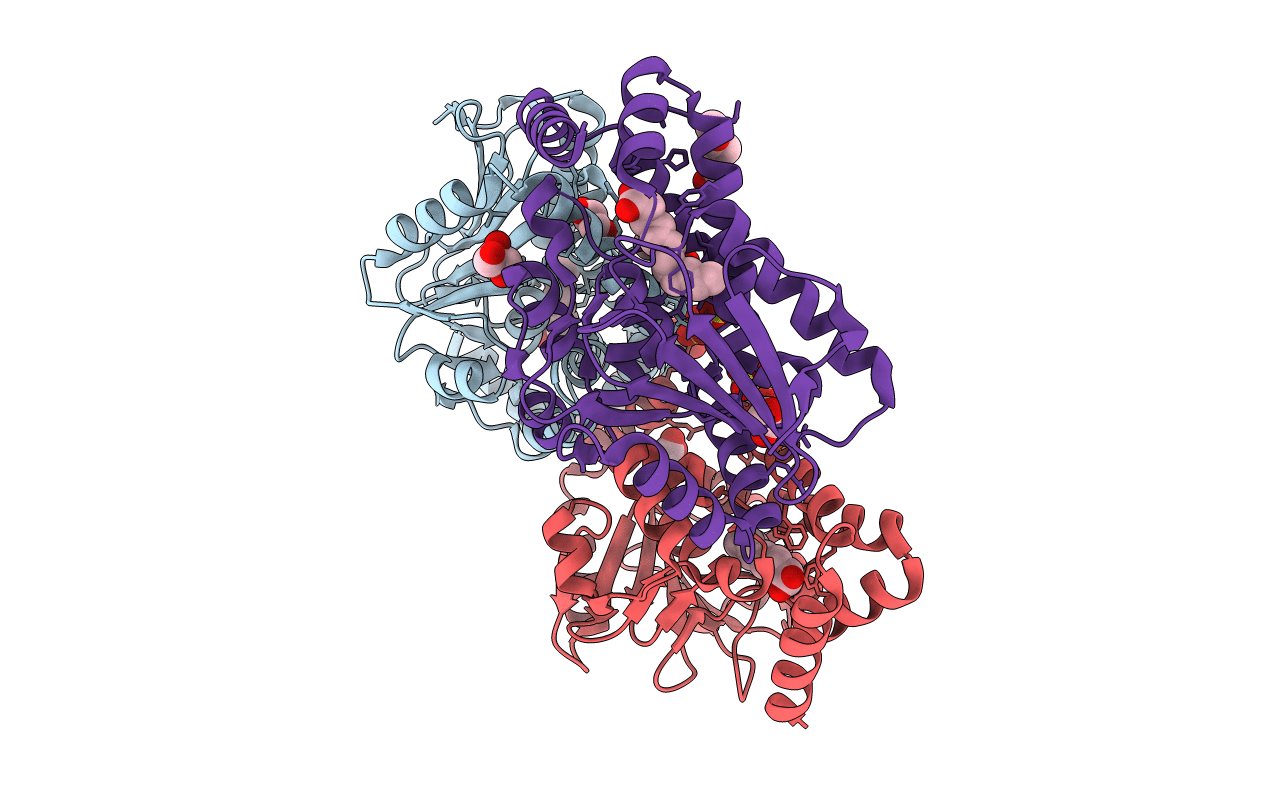
Deposition Date
2016-01-29
Release Date
2016-06-01
Last Version Date
2024-01-10
Entry Detail
Biological Source:
Source Organism:
Host Organism:
Method Details:
Experimental Method:
Resolution:
1.87 Å
R-Value Free:
0.19
R-Value Work:
0.16
R-Value Observed:
0.16
Space Group:
P 31 2 1


